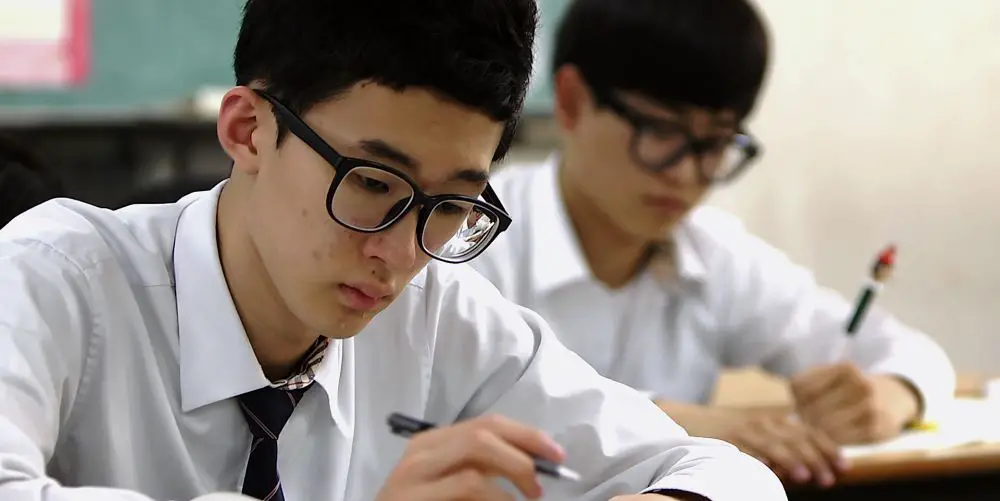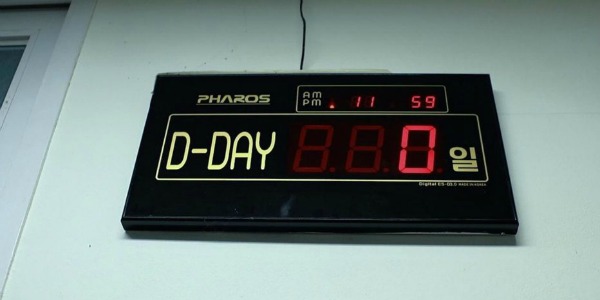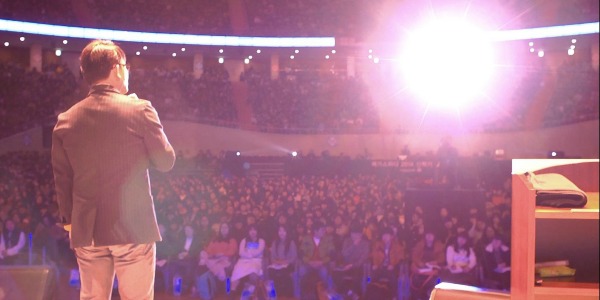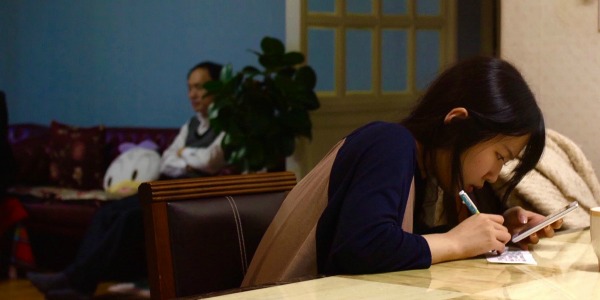REACH FOR THE SKY: The Questionable Cost Of High Stakes Education

Alex is a film addict, TV aficionado, and book lover.…
When the Organisation for Economic Co-operation and Development ranked global education systems in 2015, South Korea came in third. Its strict, demanding schools feed off the country’s zeal for education, with many people believing that your performance in school will determine your lifelong socioeconomic status.
Given the country’s recent history, this assumption is far from unfounded. Coming out of the Korean War, its citizens were largely illiterate and poor. Its rise in education has coincided with an economic boom, and the country now ranks among the wealthiest in the world.
It’s a staggering amount of success, but it may have come at the expense of something irreplaceable. The pressure for students to get into a top university (referred to as SKY) dominates their lives, with a standardized test called suneung being a large factor in the application process. The need to do well on this test has made it a turning point in a person’s life, and the effects of such a singular and momentous event has been enormous.
The documentary Reach for the SKY takes the audience into the pressure cooker of test preparation, following three students as they navigate their waning childhood and the industries that prey on their struggle for the perfect score.
A Day That Looms Large
The suneung is administered only once a year, and when test day rolls around, all of South Korea takes notice. Businesses start late to relieve the crushing student traffic, planes are grounded during the listening portion of the exam, and the police escort anyone in danger of being late. The sight of an officer barking at a student to run into the exam center should establish how seriously the event is taken, but the buildup to this momentous day is possibly even more trying on the students and families.

Directors Wooyoung Choi and Steven Dhoedt don’t have such vivid images to work with as they show students Hyunha, Hye-In, and Min-Jun in the months before the exam, but their use of a literal ticking clock (the days until the exam are counted down) and the expansive score by Regina Lok Yan To keeps the scope of their endeavor firmly in mind. Small signs of the crushing pressure can be found all around the students: a desk is etched with the words ‘still alive’, bandages cover chewed fingernails, and walkways contain warnings to stop and breathe.
Choi and Dhoedt occasionally highlight these in establishing shots but often leave them hidden in the milieu of everyday student life. They aren’t in the business of drumming up pressure, just revealing what’s already there. The weight of what suneung day means hangs over everything, and it gets heavier on the students and the audience alike as the days tick by.
Loss Of Self
All that pressure puts an enormous strain on students, and the result is a childhood that doesn’t look much like a life. The kids admit to working until 11 or 12 at night, rarely spending time with family and friends. Hye-In and Hyunha are in schools where they go home at night, but Min-Jun is at a boarding school, spending the year studying only for the suneung.
The boarding school represents just one of the industries that have popped up around the exam. Online lectures and study aides are available and necessary to earn top marks, as exam scores are so unilaterally high that one or two questions determine your future.
Looming over all three students is the rock star teacher Kim Ki-Hoon, one of the more successful employees of a company called Megastudy. We are introduced to him and his fancy car at the beginning of Reach For The SKY, and seeing him pop up at lectures and televised events throughout the movie shows just how influential these industries are.

As Hye-In, Hyunha, and Min-Jun wile away the days in various states of study, what becomes obvious is how lost they are in the routine. Min-Jun especially is seen in study rooms with students huddled over plain desks, their time lapsed scribbles taking on the feel of a hive in perfect, uniform order. Their push for the same goal, with parents and companies like Megastudy drilling students on the SKY dream, puts all of them in an odd state of anonymity. With so much riding on the suneung, there seems to be little time for development of anything but testing skills.
The Reward
The intense focus on the suneung is so vividly portrayed by Choi and Dhoedt that it will likely surprise viewers when the big day comes only partway through the Reach for the SKY. Thirty minutes is dedicated to Hye-In, Hyunha, and Min-Jun’s time after test day, shifting the tension onto the convoluted university application process and away from the test.
While the details of the application process are frustratingly not explained, what becomes clear is that there are workarounds for low test scores. Interviews and the application itself can be targeted for specific universities by highlighting qualities that the institution wants. This may not get you into the SKY universities, but it may work on other well-regarded institutions.

What, then, was the purpose of all these long hours? If the test is, in fact, only part of what universities look at, and the universities themselves are only a building block for your future career, then are the hours of mentally breaking preparation worth it?
The test’s ultimate disposability is best shown in a scene where students toss their books out after the suneung. A large pile is made in the courtyard, and while some hoot with delight, others slam their stack down in frustration or linger pensively over the collective release. There’s a sadness to the scene because we’ve seen how these students deprive themselves of friendship, love, and personal interests for the sake of this test, and the reward seems small in comparison.
Conclusion
As we find out the future of each student and hear them reflect on the years spent in preparation for the suneung, a contradiction is revealed. All have begun grasping at their future selves, and their lessons learned from childhood are startlingly different. These personal conclusions represent the arguments for and against South Korea’s punishing education system, thoughtfully delivered at the end of a compelling documentary.
Are their other education systems that you would like to see a documentary on? Let us know in the comments!
Reach for the SKY will be screening in festivals across Europe, Asia, and North America. For a list of screenings, click here.
https://www.youtube.com/watch?v=_bSlk4XRBtI
Does content like this matter to you?
Become a Member and support film journalism. Unlock access to all of Film Inquiry`s great articles. Join a community of like-minded readers who are passionate about cinema - get access to our private members Network, give back to independent filmmakers, and more.
Alex is a film addict, TV aficionado, and book lover. He's perfecting his cat dad energy.













